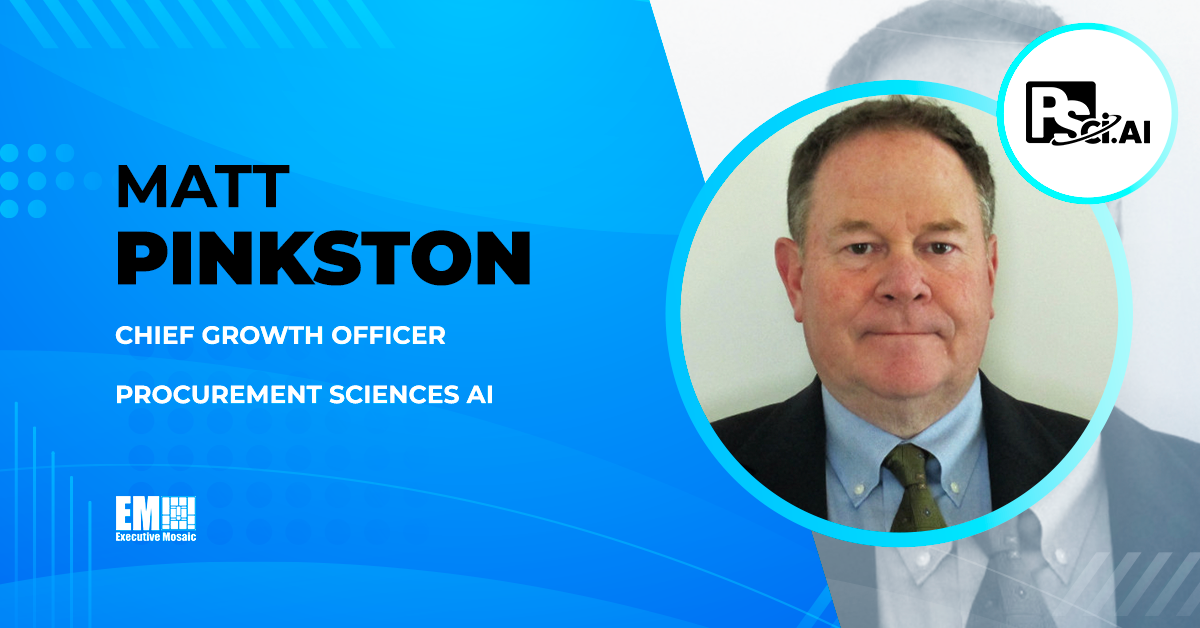By Mick Fox, Chief Operating Officer, TechnoMile
I am a die-hard fan of the Dallas Cowboys. I realize I probably just lost some of you die-hard Eagles, Giants and Commanders fans, but hear me out. While you may have your own NFL favorite, I imagine many of you can relate to my passionate belief that if only I were the one calling the plays for the Cowboys, or hiring the coaching staff, or making draft decisions, the team would certainly be headed to the Super Bowl every year. Yes, I’m an excellent armchair quarterback.
However, the harsh reality is that these types of decisions are best left to people more expert, more focused, than I, who typically have cleats-on-the-ground experience and lengthy careers dedicated to professional football. Outcomes are simply better when domain expertise is brought to bear.
When I’m not armchair coaching the Cowboys, my team and I help aerospace and defense companies navigate the digital transformation of their contracts organizations as they implement contract lifecycle management, or CLM, software. And, like my Cowboys example, these contracts teams will see better outcomes and derive greater value from their CLM when they partner with a domain expert — a vertical CLM solution provider focused on the A&D industry, rather than a generalized platform “armchair quarterback” provider.
The evolution from “jack-of-all-trades” to “master of one”
In the early days of software as a service, or SaaS, many providers focused on building horizontal software solutions that address common needs of business users across a variety of industries — think Salesforce, Office 365 or HubSpot — or, specifically in the CLM space — Icertis, Conga or CobbleStone. For these horizontal SaaS solutions, the go-to-market strategy involves casting a wide net and developing software that satisfies the needs of many. But over the past decade or so, as the SaaS technology market has matured, vertical SaaS solutions have emerged, which are built to address the specific requirements and pain points of just one industry. So, while a horizontal CLM solution takes the “jack-of-all-trades, master of none approach,” a vertical CLM provides solutions to the exact problems of a single industry.
Mastering the CLM needs of aerospace and defense companies
So how does a vertical CLM deliver better outcomes? Here are five important ways that a purpose-built CLM for the A&D industry excels beyond horizontal CLM solutions at driving value and results for organizations in this sector:
1. Deep industry expertise — Unlike horizontal CLM vendors that strive to be everything to everyone and must divide their focus and resources accordingly, a vertical CLM provider has a narrow focus and has developed deep domain knowledge regarding the A&D industry. The vendor’s staff “speak your team’s language” and bring experience cultivated through their work with other A&D organizations. Ask the horizontal CLM providers what ITAR or TINA or DCMA is and how they address these compliance workflows or the audits involved with the various auditing agencies, and you will get blank stares as they quickly google the answer (or use ChatGPT to formulate their response). A vertical provider’s product research and development is concentrated on A&D needs, leading to a CLM solution that’s tailor-made for your industry and is primed to rapidly evolve as industry needs change. In fact, the entire customer journey, from sales, through implementation and training, to support and customer success, is aligned to A&D needs, leading to a superior overall customer experience.
2. More rapid time-to-value, lower TCO – An A&D-focused CLM system comes pre-configured to industry needs, including supporting the unique and complex requirements of doing business with the U.S. federal government, so it’s ready to start using without requiring extensive customization. Faster implementation equates to more rapid achievement of time-to-value for your CLM investment. Contrast this with horizontal CLMs, which are designed to facilitate commercial transactions across a myriad of industries – not business to government transactions. As such, A&D companies find that the customization work required to tailor a horizontal CLM to satisfy your requirements substantially drives up the solution’s total cost of ownership (sometimes to the tune of several million dollars) and extends its implementation timeline.
Talk to your peers in the industry — horizontal CLM providers typically take two to three years and millions of dollars to get close to a system that meets your specific needs (and by this time, DCMA changes some of their compliance questions, requiring more configurations). In comparison, an industry-specific solution for A&D can be fully stood up and data migrated in well under a year and because of that, for less than a third of the cost. And that’s not even including the value created by being able to bill faster and close out contracts more quickly (these are real dollar impacts your CFO will enjoy).
3. Productivity boost – A vertical-specific CLM is laser focused on automating industry-specific tasks and streamlining the most common use cases faced by contracts teams in the A&D sector, rather than trying to satisfy the needs of a multitude of user groups. Whether bringing automation to routine tasks, such as producing a standard DCMA contract brief or a Limitation of Funds letter, or digitizing highly complex workflows such as OCI coordination or TINA sweeps, the contract intake process, or contract closeout — an A&D-focused CLM delivers an immediate boost to productivity that’s unmatched by horizontal solutions. In my company’s experience, this allows contracts teams to rapidly scale and manage an increasing number of awards without the expense of additional full-time equivalents.
4. Stronger compliance – Few, if any, sectors face a more demanding regulatory environment than A&D. Therefore, it follows that working with a vertical-specific CLM vendor that is well-versed in the regulations and compliance standards you must follow, including stringent security requirements, will pay dividends. This value manifests itself on multiple fronts. An A&D-focused CLM includes built-in features that support your regulatory compliance concerns. Just a few examples include continuously updated Federal Acquisition Regulation/Defense Federal Acquisition Regulation Supplement and agency supplement content for your clause library, clause flowdown recommendations, automated monitoring for required Limitation of Funds action and small business planning and reporting capabilities.
In addition, robust obligation management capabilities are table stakes in the A&D world. A best-in-class vertical CLM enables your organization to machine-extract the myriad of deliverables, contract data requirements lists and other obligations that are embedded in award documents and then schedule/assign related tasks, strengthening your company’s ability to maintain compliance throughout the contract lifecycle.
Compliance also speaks to satisfying rigorous security requirements faced in the A&D world. A vertical CLM comes to the table understanding key frameworks and programs like NIST, CMMC and FedRAMP and can provide best practices for configuration of your CLM environment to support your company’s compliance objectives.
5. Better decision-making – A vertical-specific CLM also delivers added value through reporting and analytics tailored to the needs of the A&D industry. As industry experts, these providers are keenly aware of the key performance indicators that are successfully being leveraged by contracts teams across the federal marketplace, as well as the reporting needs of key user personas, such as executives, contract managers and subcontract managers. Armed with industry-specific insights from the CLM, your team members can more readily understand where they need to take action, where the organization is put at risk, and, ultimately, make better business decisions.
So, whether your contracts team is just embarking on its digital transformation journey, or looking to upgrade its current contract management technology, I encourage you to take a page out of a proven playbook for success and explore the significant benefits and value of a vertical CLM solution for aerospace and defense.






